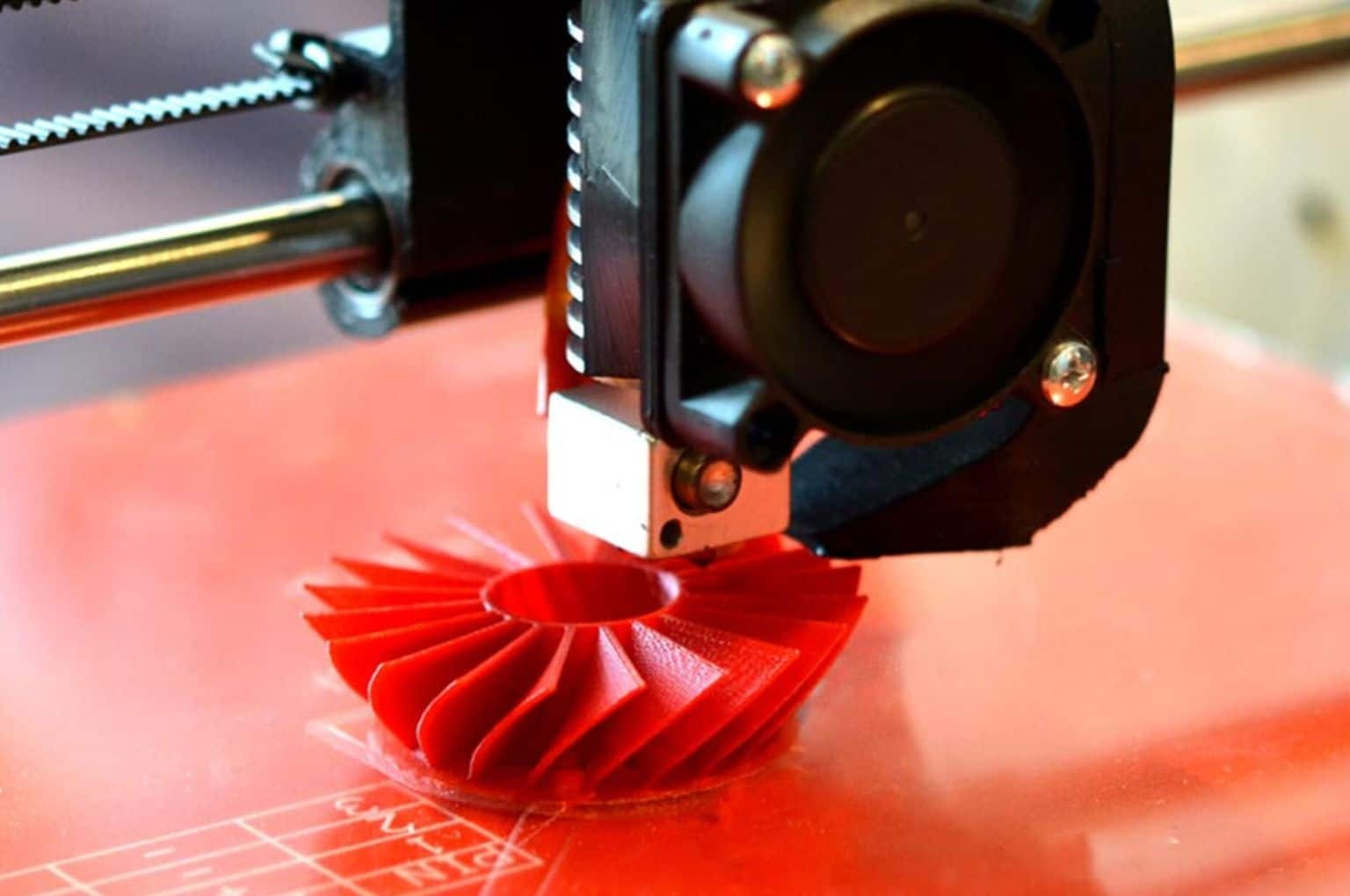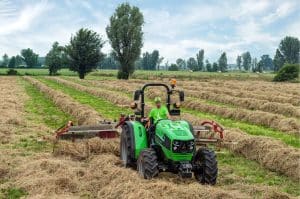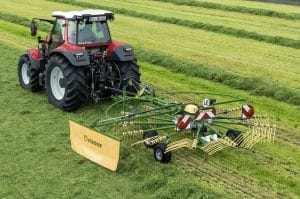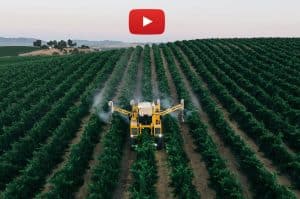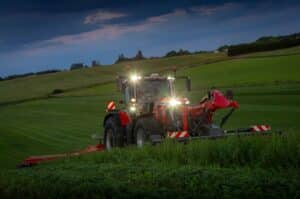Use of 3D printing (3DP) in the field of ag machinery manufacturing has revolutionized the industry. It offers a transformative opportunity for improved design capabilities, cost savings, faster production cycles, material flexibility, and sustainability. Understanding its capabilities highlights to manufacturers its compelling proposition when considering 3DP adoption.
When it comes to the manufacturing of tractors, implements, and self-propelled machines, 3D printing technology offers a wide range of benefits. One of the biggest advantages is the improvement in efficiency. With 3D printing, farmers and agritech companies can produce components on-demand, reducing lead times and minimizing the wait for replacement parts. This means less downtime and increased productivity on the farm. By being able to manufacture tools right on the farm, farmers eliminate the need for long supply chains and transportation, ultimately reducing energy consumption and transportation expenses.
Cost efficiency and customization
Traditional manufacturing methods often require expensive tooling, molds, and production lines. With 3DP, however, the need for these costly processes is eliminated. Instead, components can be printed directly from digital designs, saving both time and money, making it an attractive option for small-scale or custom manufacturing.
Furthermore, 3D printing enables customization in the production process. With 3DP, it becomes much easier to tailor components to specific farm operations. Whether it’s modifying the design of a part or creating a completely new component, 3DP allows for the flexibility and personalization that traditional manufacturing methods often struggle to achieve.
Stratospheric potential
Despite this, with additive manufacturing expected to reach $34.22 billion in 2027 at a CAGR of 20.8%, successful integration of 3DP technology into ag machinery manufacturing processes is on the rise.
Small Robot Co launched its ground-breaking autonomous, precision agri-robots to harness “per plant” intelligence via its small Tom robot to increase yield and efficiency. It used multi jet fusion – a 3D printing process for rapid prototyping and end-use parts, namely the SSD mount and the steering actuator cap. As well as serving as protection from outside, the cap’s design includes a channel that helps secure wires running up to the motor controller, so its multiple functions derive a relatively complex shape which 3D printing is an ideal manufacturing solution for.
Besides enabling a quick-turnround time, the technology offers a lightweight solution which minimizes the entire system weight so that ground pressure is reduced, meaning less damage to crops and topsoil compaction when the robot is driving through fields. Secondly, the core driving platform is designed to support a wide range of payloads, so keeping the platform weight low means more options – essentially allowing a larger weight budget for payloads.
John Deere has also created a 3D-printed stainless-steel valve for its tractors’ fuel systems, which is 50% cheaper and significantly smaller, using less material. It achieved the greatest fuel flow efficiency owing to rounded, smooth internal channels, a feature only possible thanks to 3DP.
These are just two of a fast-growing number of use cases demonstrating the immense potential of 3DP in ag machinery manufacturing, to enable them to reap the benefits.
This innovative technology has proven to be a game-changer in the manufacturing of agricultural machinery. As it continues to evolve and mature, we can expect further advancements that will shape the future of agricultural machinery manufacturing.
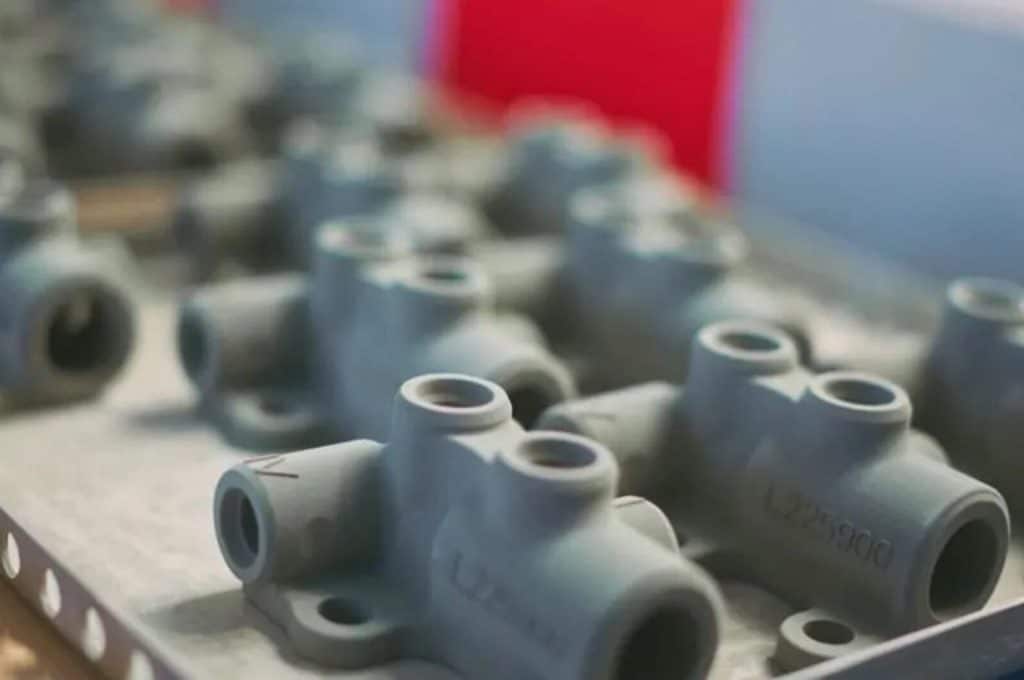
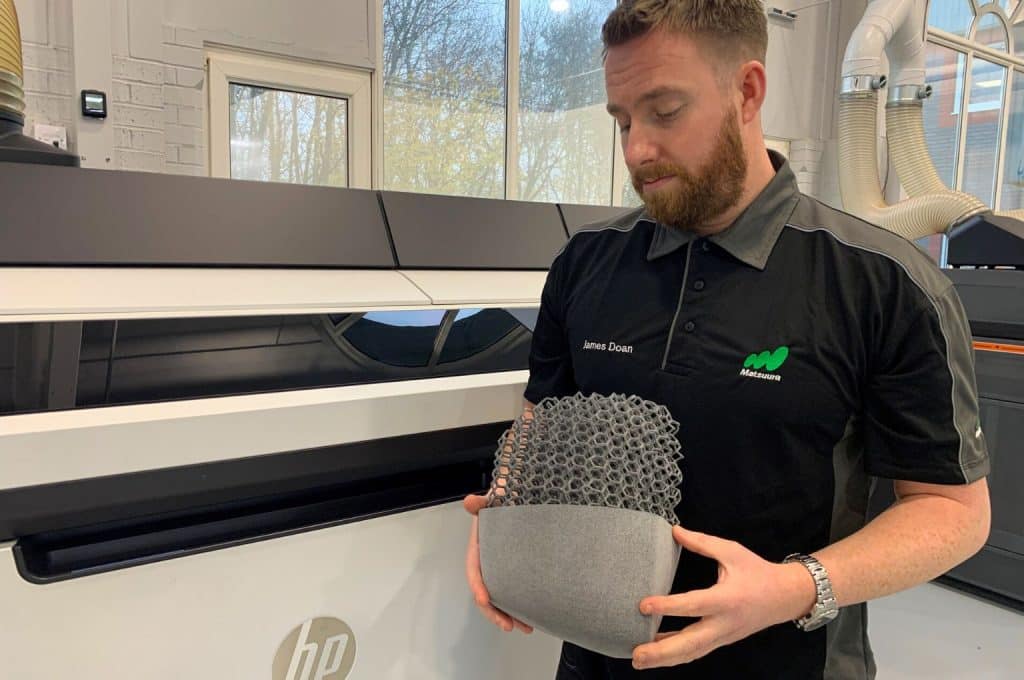
More info: get it made


